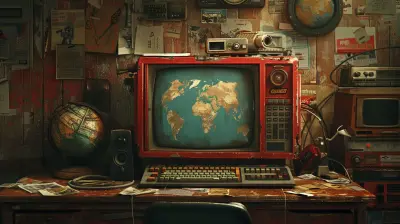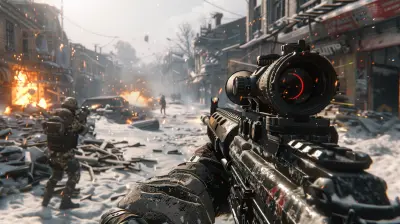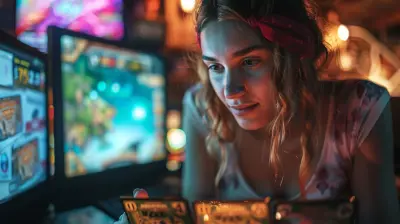How to Design Your Own Board Game: Tips from the Experts
23 July 2025
Have you ever been halfway through a marathon board game night and thought, “I could totally make something better than this”? Maybe you've scribbled some ideas in a notebook. Or maybe your head is already full of dice rolls, strategy mechanics, and little wooden meeples. Either way, designing your own board game is a wild and rewarding ride — but also a bit of a beast if you don't know where to start.
Good news: You don’t need a game studio, a massive budget, or a PhD in Game Theory to make something memorable. You just need creativity, patience, and a few insider tips. That’s where this guide comes in. We’re digging into real advice from game design pros and breaking it down honestly and simply.
Let’s roll.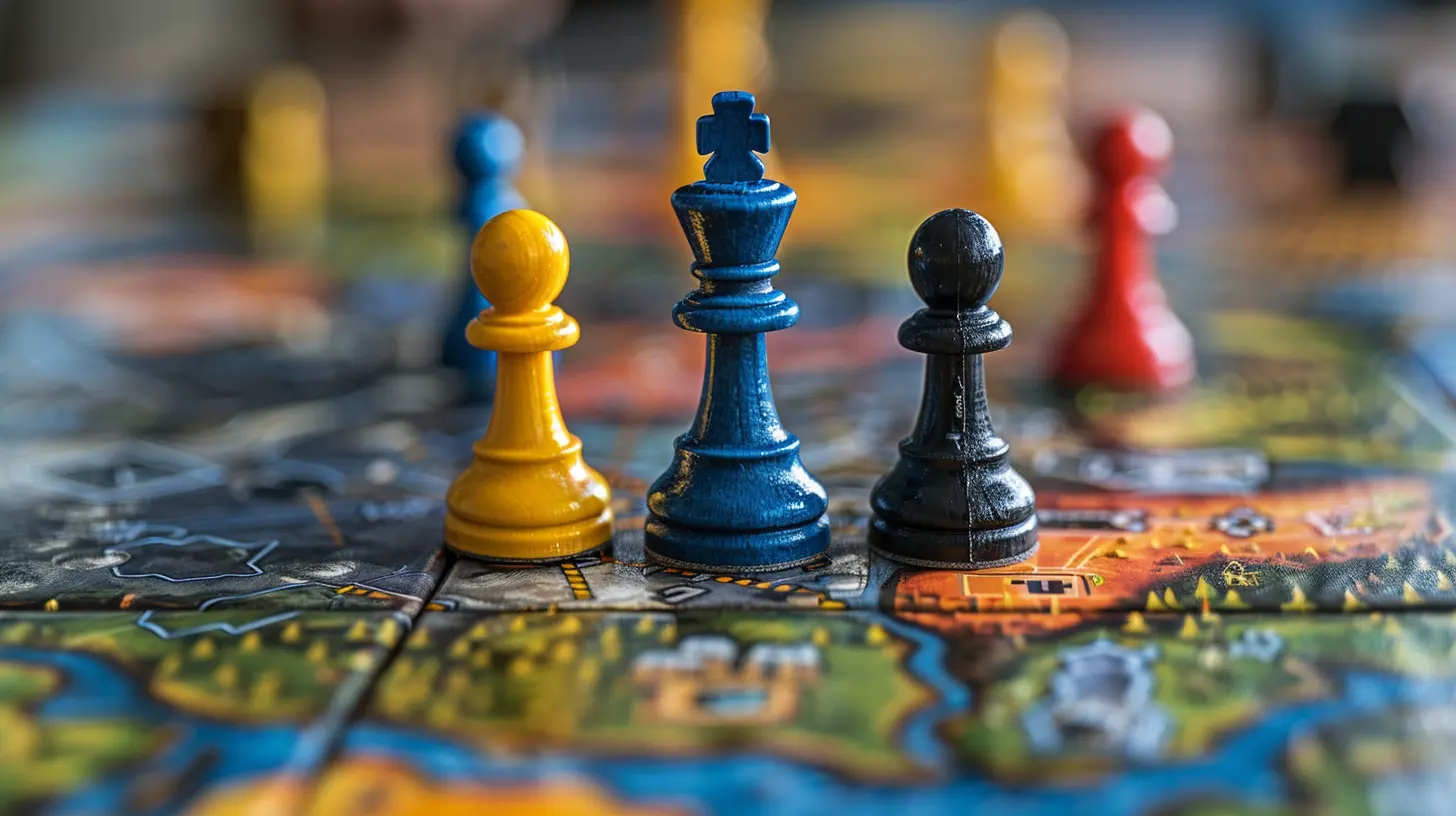
Why Even Make a Board Game?
First things first. Why bother creating a board game when there are already thousands out there?Here’s the thing: Board games offer something digital games can’t – real human connection. You get everyone around the same table, phones down, laughing, scheming, and yelling “TRAITOR!” at your best friend. You’re also creating something tangible — a box of fun you can actually touch.
Plus, designing a game is like crafting a world. You’re the architect, the storyteller, the rulemaker, and the chaos controller. If that doesn’t sound fun, I don’t know what does.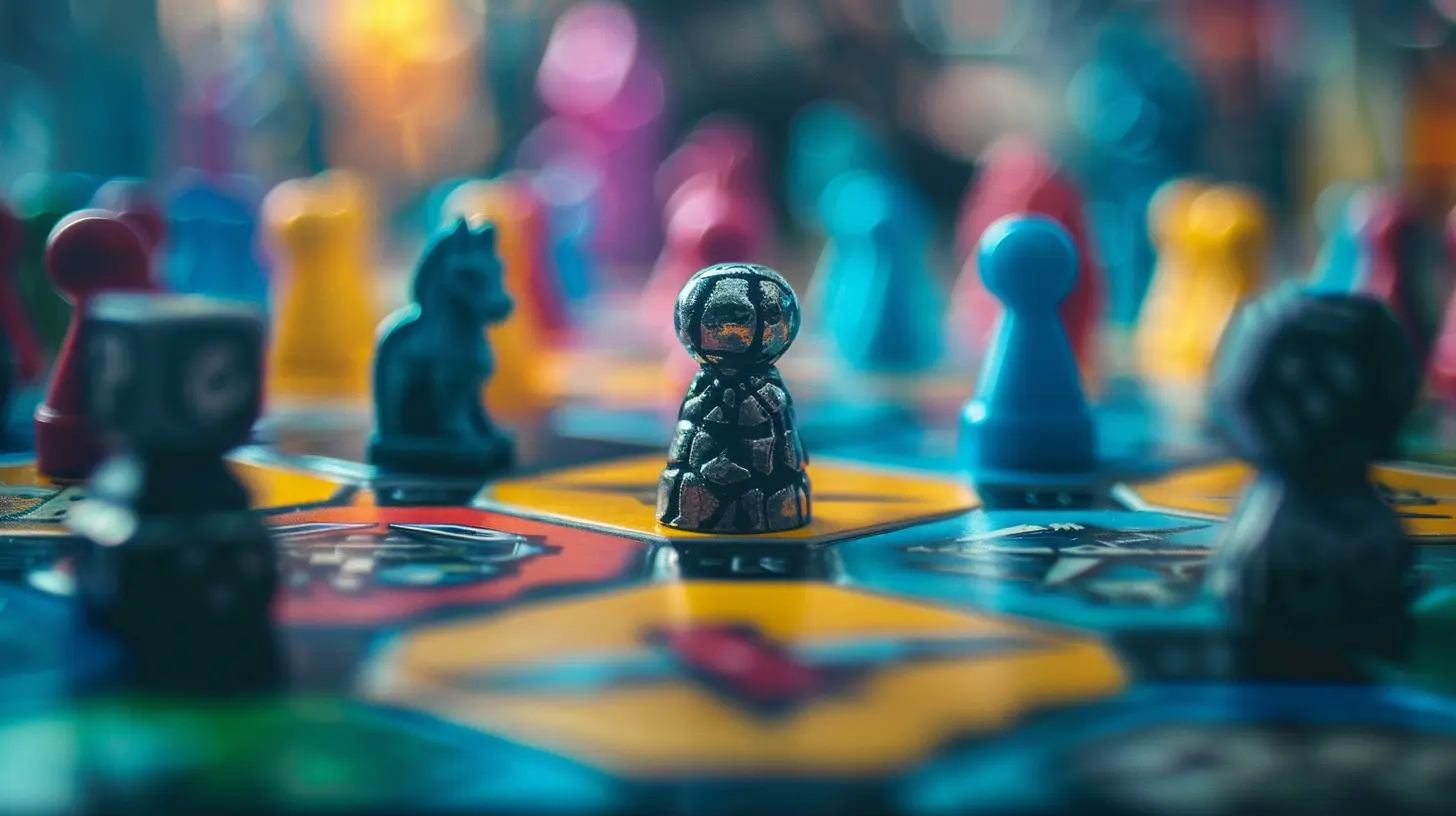
Step 1: Nail Down the Core Concept
Let’s keep it real — if your game doesn’t have a solid central idea, it’s gonna fall apart faster than a house of cards in a wind tunnel.Ask Yourself These Questions:
- What kind of experience do I want players to have?- Is this game more strategy, luck, or party chaos?
- How many players should it support?
- How long should a session last?
Start with the basics. Maybe you want to make a strategic trading game in space. Or a fast-paced card battle between magical ducks. Weird? Sure. But magic happens when you lean into originality.
👉️ Pro Tip: Don’t aim for “everyone will love it.” Aim for “some people will OBSESS over it.”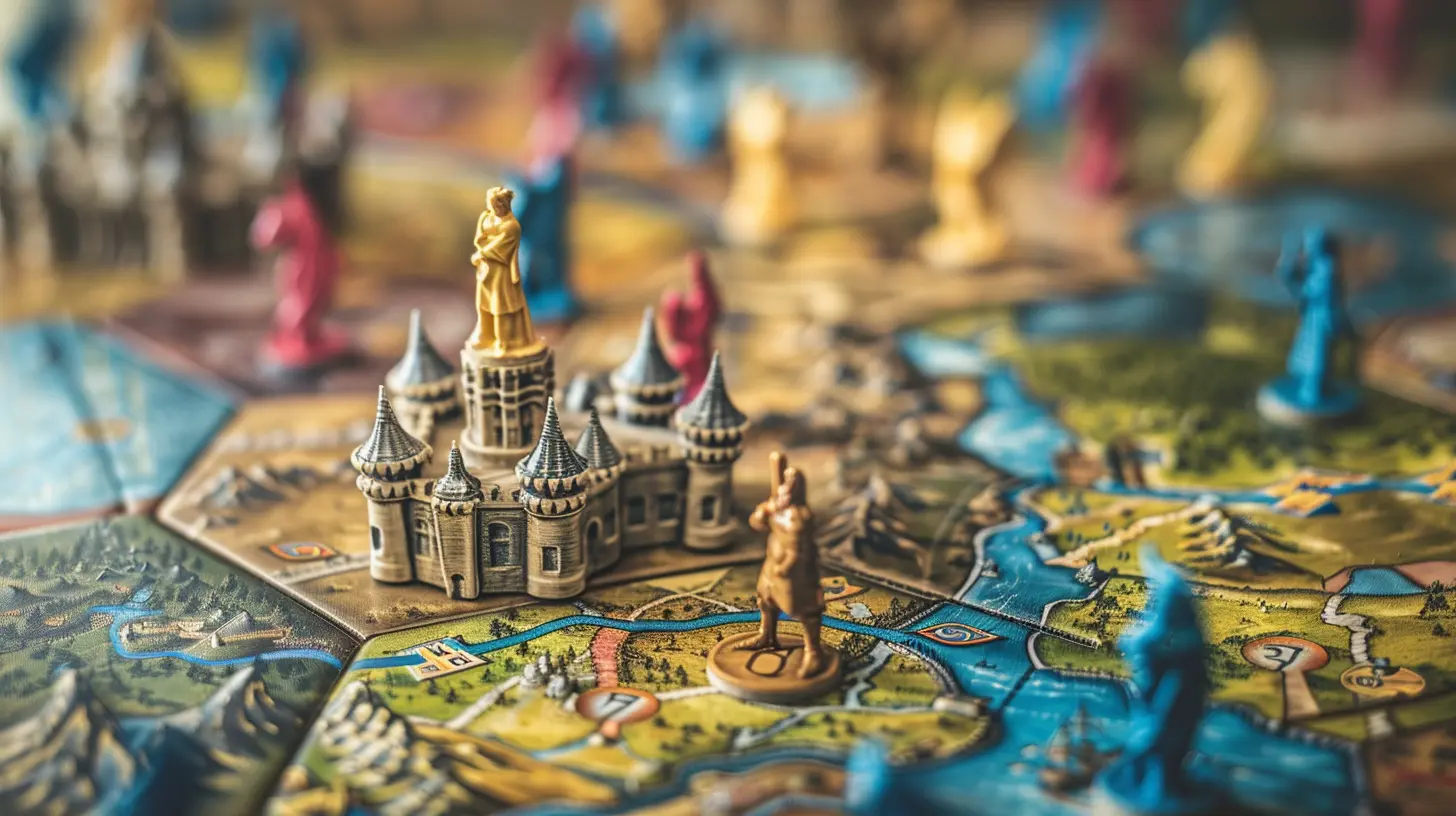
Step 2: Theme vs. Mechanic – What Comes First?
Ah, the classic chicken or egg question of game design. Do you start with a theme (like pirates or post-apocalyptic survival)? Or do you begin with a mechanic (like deck building or bluffing)?There’s No Right Answer — But Here’s How to Decide:
If you’re a storyteller: Go with theme first. Build the mechanics to support the story you want to tell.If you’re a puzzle-solver or strategist: Mechanics first. Create a playable system, then dress it up with a theme that fits.
Either way, your theme and mechanics need to vibe together. A grim war game with light party rules? Feels off. A game about kittens with brutal resource scarcity mechanics? Hilariously wrong (or maybe brilliant…).
Step 3: Build Core Mechanics That Drive Engagement
Mechanics are the gears that make your game tick. They're rules, systems, and how players interact with the game and each other.Common Game Mechanics:
- Deck-building (like in Dominion)- Worker Placement (like in Agricola)
- Area Control (think Risk)
- Dice Rolling (hello Yahtzee)
- Bluffs and Lies (The Resistance, anyone?)
- Cooperative Play (Pandemic squad assemble!)
Choose one or two mechanics max for your first game — then explore how deep you can go with just those. Simplicity is often more fun than feature overload.
👉️ Hot Tip: Think about player actions. What can they do on their turn? Every action should feel like a choice, not a chore.
Step 4: Prototype Ugly and Often
Here’s a truth every designer has to accept: Your first prototype will be ugly. Embrace it.Don’t waste time designing shiny cards or custom tokens in the early stages. Just grab some index cards, dice from old games, and maybe a marker that hasn't completely dried out yet.
Key Prototype Elements:
- Handwritten cards or tiles- Basic board drawn on paper
- Placeholder components (coins, pawns, etc.)
Then, test it. Play it yourself. Then play it with friends. Then play it with people who don’t know you and will be brutally honest (you need that honesty!).
👉️ Pro Tip: Use sticky notes to tweak rules mid-game as you test. Flexibility is your best friend early on.
Step 5: Playtest Like a Maniac
Testing isn’t just about whether the game "works." It’s about finding out if your game is actually fun.Yes, you’ll find broken rules. Yes, people will abuse loopholes you never saw coming. That’s all part of the magic-slash-misery called playtesting.
What You’re Watching For:
- Are players confused about rules?- Do they get bored or distracted?
- Are there clear strategies or is it just chaos?
- How long does a typical game take?
- Is there a dominant player strategy?
Take detailed notes and LISTEN to feedback. Even the annoying stuff. Especially the annoying stuff.
Step 6: Refine, Balance, and Tweak (Repeat Forever)
Game balance is the dance between fairness, fun, and chaos. If one character or strategy always wins, your game flops. If randomness overshadows skill, it's frustrating. Find that sweet spot.Ask Yourself:
- Do all players have meaningful choices?- Is there a clear win condition?
- Are losing players still having a good time?
This is where you rewrite rules, adjust resources, rebuild decks, and maybe even toss out mechanics that aren’t working. It’s brutal sometimes. But it’s worth it.
👉️ Real Talk: Game design is 10% inspiration and 90% tweaking stuff that doesn’t feel right.
Step 7: Write Clear, Simple Rules
You might know how your game works inside and out. But if your rulebook sounds like stereo instructions from 1982, you’re in trouble.Keep Rules Clear:
- Use short sentences.- Include examples of play.
- Avoid jargon or explain it thoroughly.
- Use diagrams or illustrations if possible.
Test your rules by giving them to someone without explaining anything. If they can set up and play the game on their own, you’ve nailed it. If not, rewrite until they can.
Step 8: Think About Art and Presentation
Once your game plays well, you can start making it pretty. But presentation isn’t just about shiny artwork — it's about clarity and theme immersion.You don’t need to hire an expensive artist right away. Use free tools like Canva, or snag royalty-free icons online to spice things up.
Key Visual Elements:
- Card layout that’s easy to read- A board that guides players visually
- Tokens and pieces that are intuitive
If you want to go pro with it, consider hiring a freelance game artist or graphic designer. But even basic, clean visuals can make a big difference.
Step 9: Manufacturing and Self-Publishing
If you’re going pro, you’ve got two main paths: self-publish or pitch to a publisher.Self-Publishing Options:
1. Kickstarter – A solid route for board games! But you need marketing, a good prototype, and lots of prep.2. Print-on-demand – Services like The Game Crafter or Print & Play Games let you make small runs.
3. Local printers – Great for custom components if you manage logistics yourself.
Be prepared: Manufacturing costs, shipping logistics, and customer service can get intense.
Step 10: Pitch to a Publisher (If You Prefer That Route)
If you don’t want to handle manufacturing or marketing, pitching to a board game publisher is totally valid.What You Need:
- A polished, balanced prototype- A sell sheet (a one-page pitch with features, theme, components, etc.)
- A short rules explanation
- A clear idea of your game’s “hook”
Do your research. Don’t pitch your dungeon crawler to a publisher that only does party games. Read submission guidelines. Respect their time. And don’t take rejection personally. Every big game designer has a pile of “no thanks” emails.
👉️ Insider Tip: Attend board game conventions where publishers do open pitches or “speed dating” events for designers.
Bonus Tips from the Pros
We asked some experienced game designers what they wish they knew when they started. Here's what they said:- “Start small. Your first game doesn’t need to be a masterpiece. Just make it fun.”
- “Always focus on player experience. If it’s not fun to play, nothing else matters.”
- “Build prototypes early. Don’t waste time on perfecting designs that might not work.”
- “Get feedback from non-gamers too. If they can enjoy it, you’re on to something.”
Final Thoughts
Designing your own board game isn’t just about rules and dice — it’s about crafting an experience that gets people laughing, thinking, and maybe flipping the table (in a good way). It’s challenging, sure. But there’s nothing like watching friends huddle over something you dreamed up.Remember, every great game once started as scribbles on scrap paper. Yours could be next.
So go on. Make your weird, wild, wonderful game. The world needs more of them.
all images in this post were generated using AI tools
Category:
Board GamesAuthor:

Avril McDowney
Discussion
rate this article
2 comments
Matilda McMillan
Great article! Designing your own board game is such an exciting journey. The expert tips shared here are incredibly helpful. Can’t wait to start my own project!
November 16, 2025 at 5:53 AM

Avril McDowney
Thank you! I'm glad you found the tips helpful. Best of luck with your board game project—enjoy the journey!
Lira Lozano
Great insights! Designing a board game is such a fun and creative process. Can't wait to try out these tips and unleash my own ideas! Keep inspiring!
August 6, 2025 at 4:43 AM

Avril McDowney
Thank you so much! I'm glad you found the tips helpful. Enjoy the creative process and have fun designing your game!
